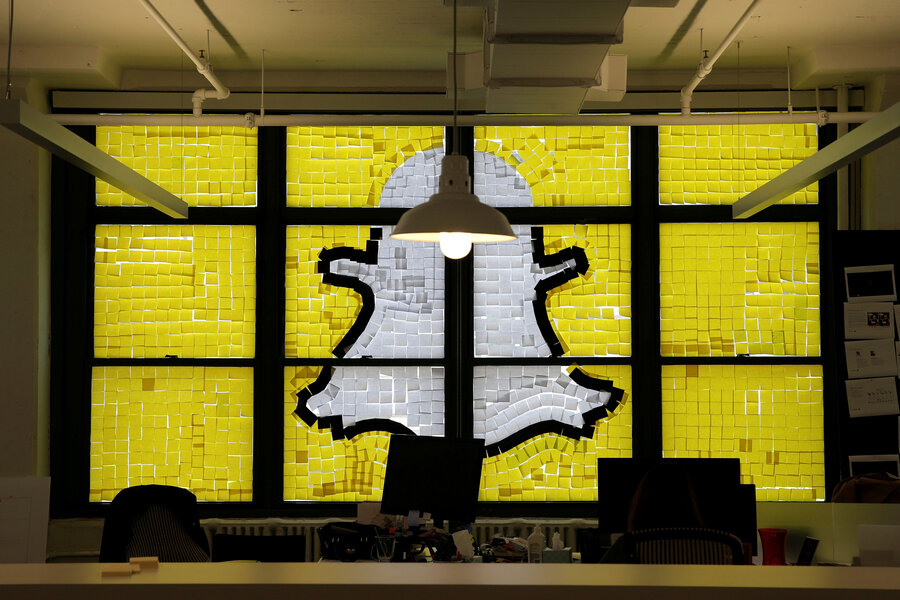Why Snapchat pulled its 'anime' filter
Loading...
Last year, Snapchat rejuvenated its brand after debuting its new “Lens” feature, which uses face detection software to alter users’ appearances. But on Wednesday, the social platform went a little too far for many users.
In a recent update, the app introduced a new filter that gave users slanted eyes, large front teeth, and rosy cheeks – features that are widely associated with Asian stereotypes. Immediate backlash ensued, and developers quickly removed the "yellowface" lens.
Their excuse? The filter was "anime-inspired."
“This anime-inspired lens has already expired, and won't be put back into circulation,” Snapchat told Mashable in a statement. “Lenses are meant to be playful and never to offend.”
Even after the lens' removal, users have wondered how developers could have been so tone-deaf to what many have called an overtly racist image. But this isn’t Snapchat’s first brush with accusations of racism.
In April, the platform introduced a “4/20” filter that was designed to make users look like Bob Marley – dreadlocks and all. The lens had been developed in partnership with the Bob Marley Estate, but some users said the filter was tantamount to blackface.
But the issue may have less to do with Snapchat, and more with the Silicon Valley as a whole. The tech world has been criticized for being insensitive to diversity issues, both in its products and in the make up of its staff. In 2015, in response to repeated requests from users, the software standard developer Unicode Consortium added five new skin tone options for emoji – five years after standardizing the emoji, and three years after adding same-sex emoji pairs.
In recent years, the tech industry has faced sharp criticism for a lack of racial diversity in leadership positions, including for Asian-Americans, a group that is often stereotypically associated with the tech world.
According to a 2015 report, Asian-Americans are well-represented at low and medium-level tech positions. But at upper-management and executive levels, the group is severely underrepresented.
Ascend, an Asian-American professional organization that produced the report, found that both white men and white women were at or above executive parity. In other words, representation of each group was at least equal to its respective representation in the professional workforce.
Asian-Americans, by comparison were significantly below parity in terms of representation at the executive level. Notably, the study found that the negative impact of race was more than three times more significant than the impact of gender for the Asian workforce at tech giants like Google, Intel, and Yahoo. But even then, this combined effect of race and gender was a “double whammy” for Asian women.
Without diversity in leadership roles, some tech companies might not consider people of color in product development. But according to Yul Kwon, Facebook’s deputy chief privacy officer, it can be difficult to bring diversity issues to the forefront of corporate culture.
"I think one of the challenges for a lot of Asian-Americans, including me – you know, you can't help but feel a little sheepish talking about these issues because you don't want it to be seeming as though you're self-serving,” Mr. Kwon told NPR. "But, you know, for me, I feel like I've been very fortunate. I feel like this is something I need to do to give back to the community."
But progress, albeit slow, has appeared on the horizon. In 2015, Intel pledged to achieve pay equity and "full representation" of women and minority groups by 2020. A year later, more than 40 percent of new hires at the company fell under that category, the Christian Science Monitor’s Max Lewontin reported in February.








